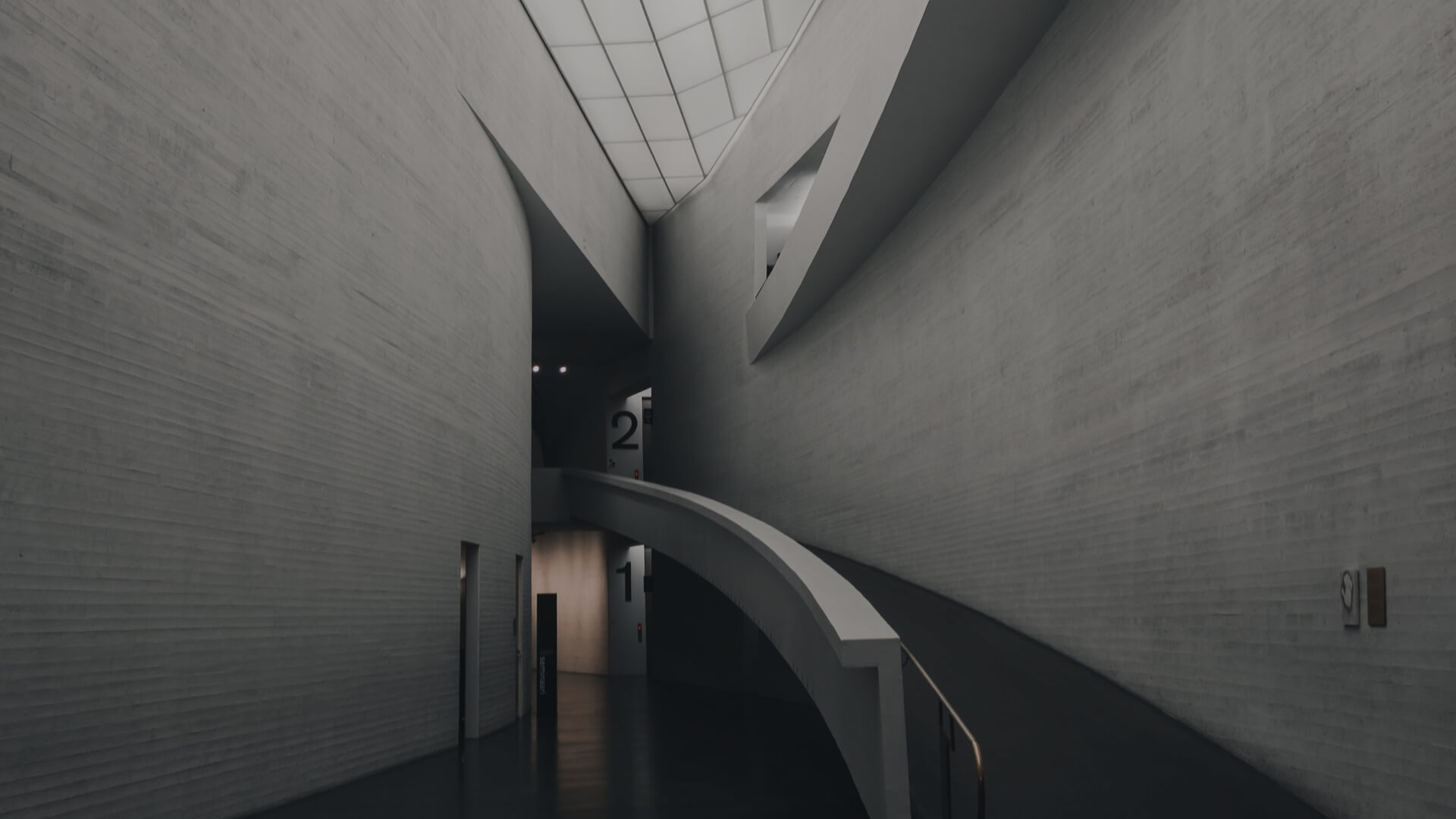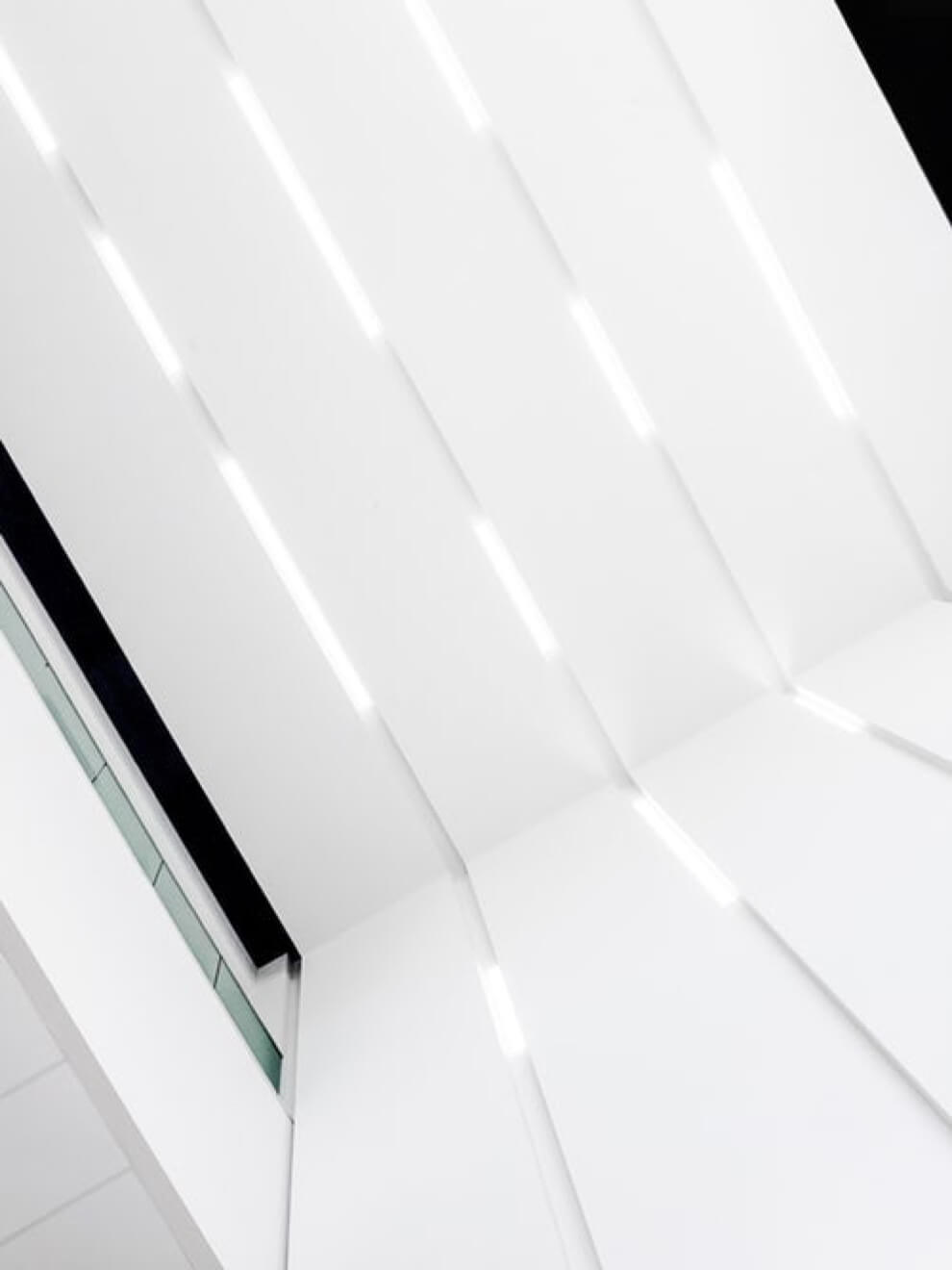Vacation time is near. Would you like to visit some of the most enchanting places in Latin American architecture? We know you’re an architecture aficionado and that your passion takes you places that inspire and awe. Even though a visit to the classic tourist sites can result in an amazing trip, visiting lesser-known places can make for an unforgettable experience. It is because of this passion for parts unknown that we have compiled this list of some of Latin America’s hidden architecture gems for you to consider as you plan your next trip. Keep reading for the complete list.
Edward James’ Surrealist Garden
The Garden’s history dates back to the exploration of the site, nestled in the Huasteca Potosina, by British writer Edward James and his partner Pluto Gastelum. The two told of being engulfed by a cloud of butterflies while bathing in the river. James, a zealot of the Surrealist movement, took this as a sign of fate and was inspired to create his own version of “The Garden of Eden.” Construction of his vision began between 1947 and 1949.
The Pilgrim Route
The Pilgrim Route was a master plan carried out by the Mexican architects Tatiana Bilbao, Rozana Montiel, and Derek Dellekamp in conjunction with the architectural firms of: Luis Aldrete Architects, Tatiana Bilbao, Ai Weiwei (Fake Design), Christ and Gantenbein, Dellekamp Architects, Alejandro Aravena (Elemental) Godoylab, HHF Architects, and Rozana Montiel (Periférica). The route goes from Ameca all the way to Talpa de Allende and is one of the most important events on the Catholic calendar, giving pilgrims a whole new way to experience the land.
Quetzalcoatl’s Nest
This architectural project was constructed on uneven terrain at 5,000 m2, owing its unique geography to the tree-lined ravine that cuts through the landscape. The site’s architecture corresponds with the principles of organic architecture that guided the work of Mexican architect Javier Senosian. The manner in which it evokes elements of nature like animals, shells, and caves while combining them with other elements from the land highlights the artistic tradition of Mexico. Nowhere better is this seen than in the details of the painted windows and indigo tiles that line the walkways of this architect junkie’s dream.






